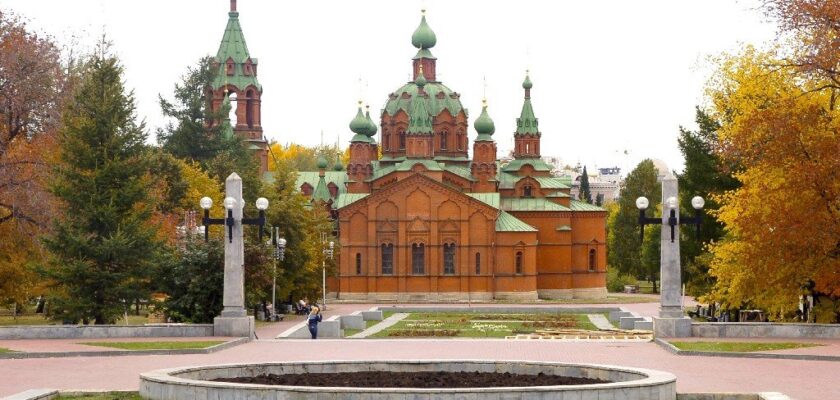Scarlet Field Park
Aloe Pole is a recreation park located in the historical center of Chelyabinsk. It is a favorite meeting place of the citizens, a cozy strolling area and a historical territory that preserves the memory of the old fairs and traditions of Chelyabinsk of the late XIX – early XX century.
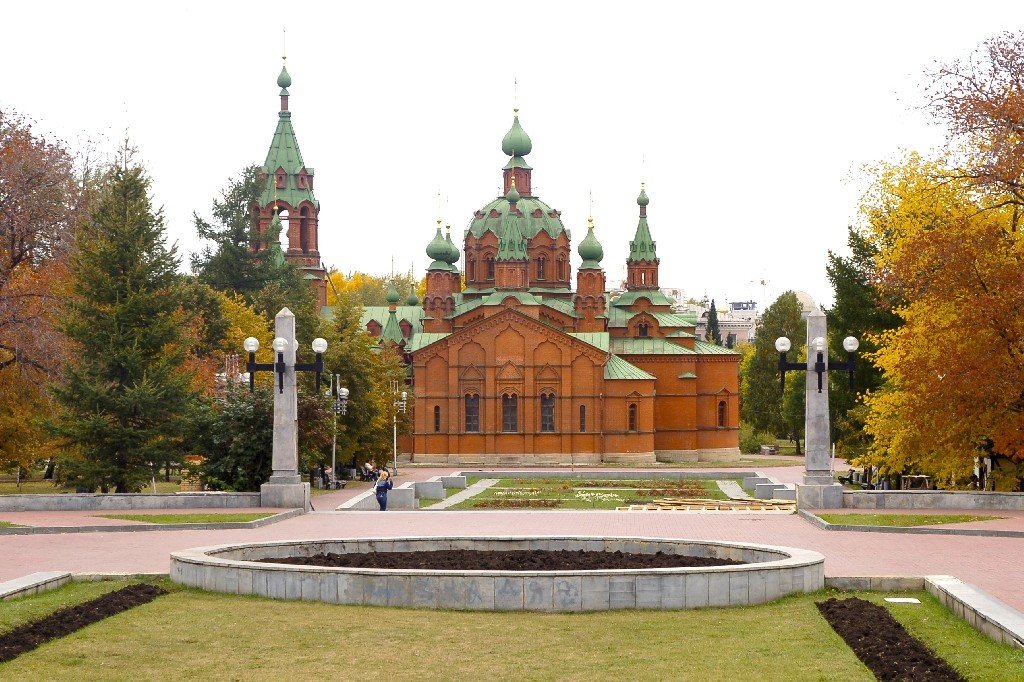
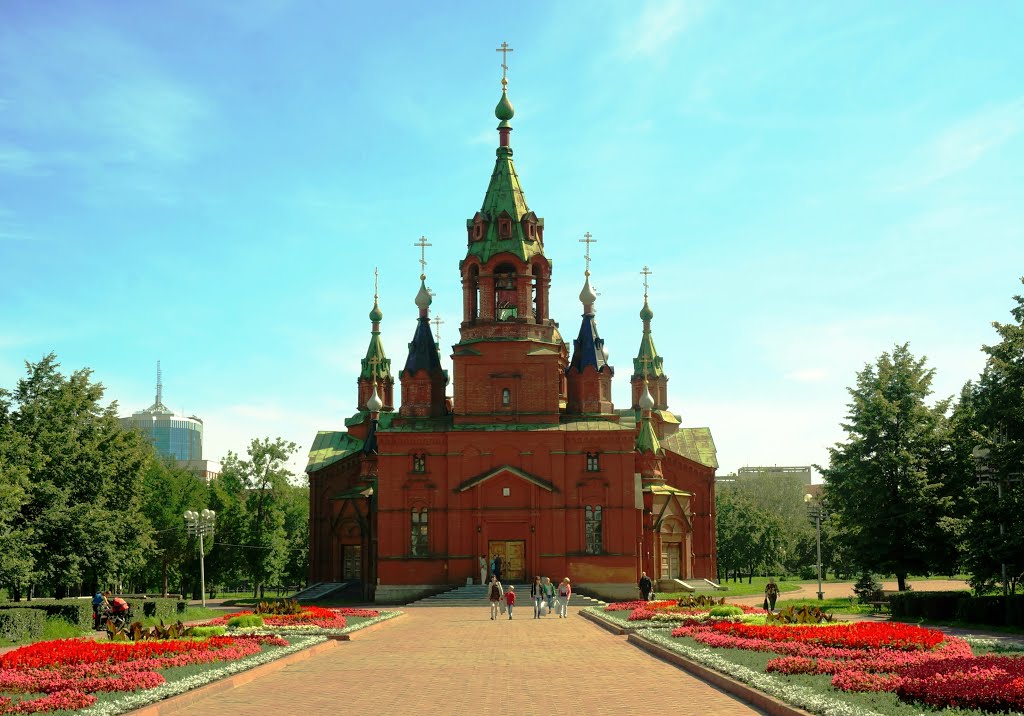
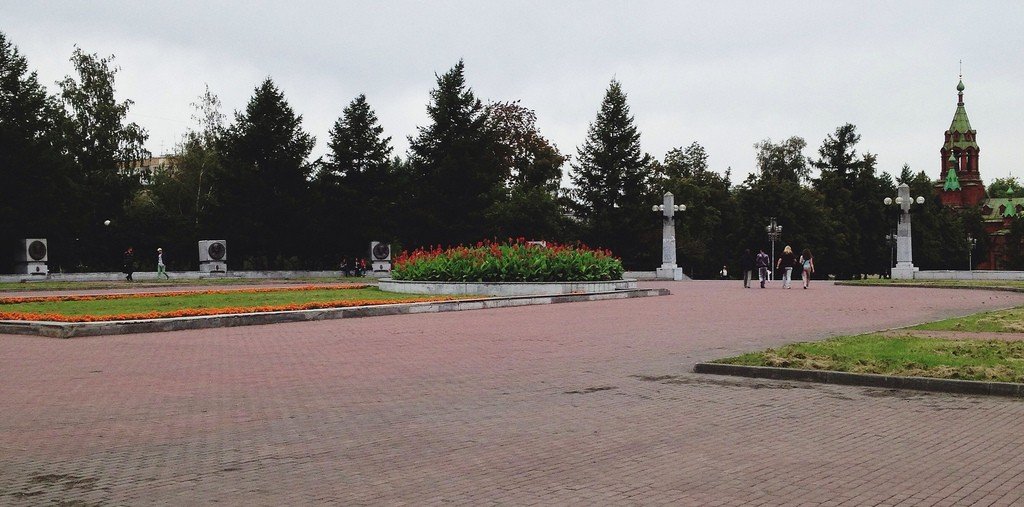
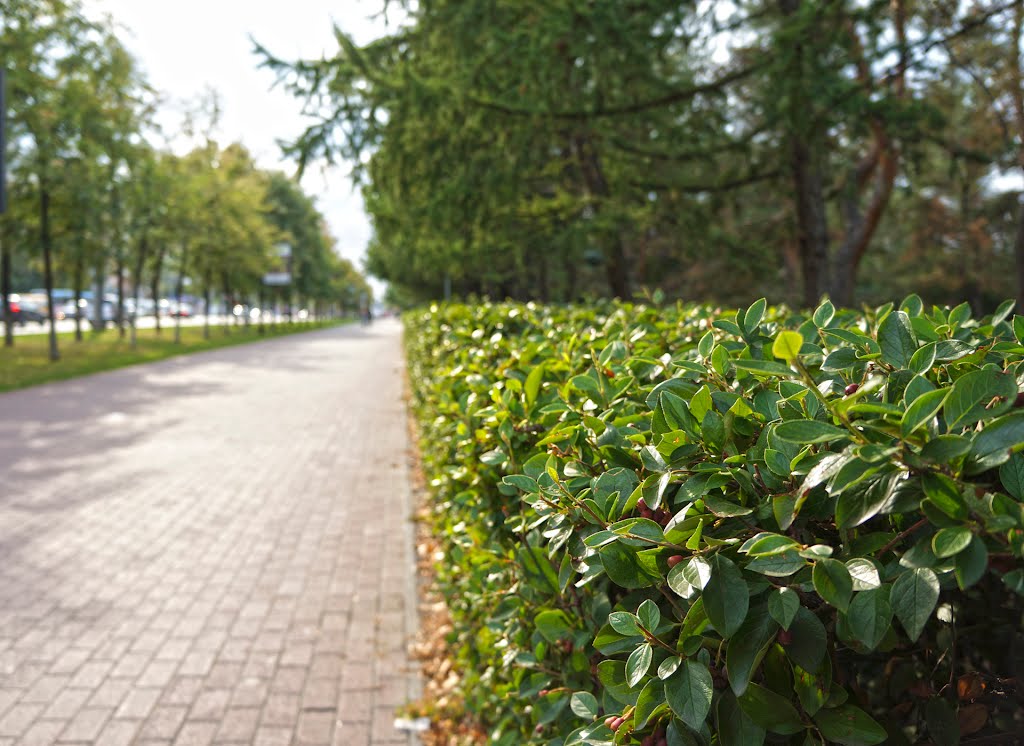
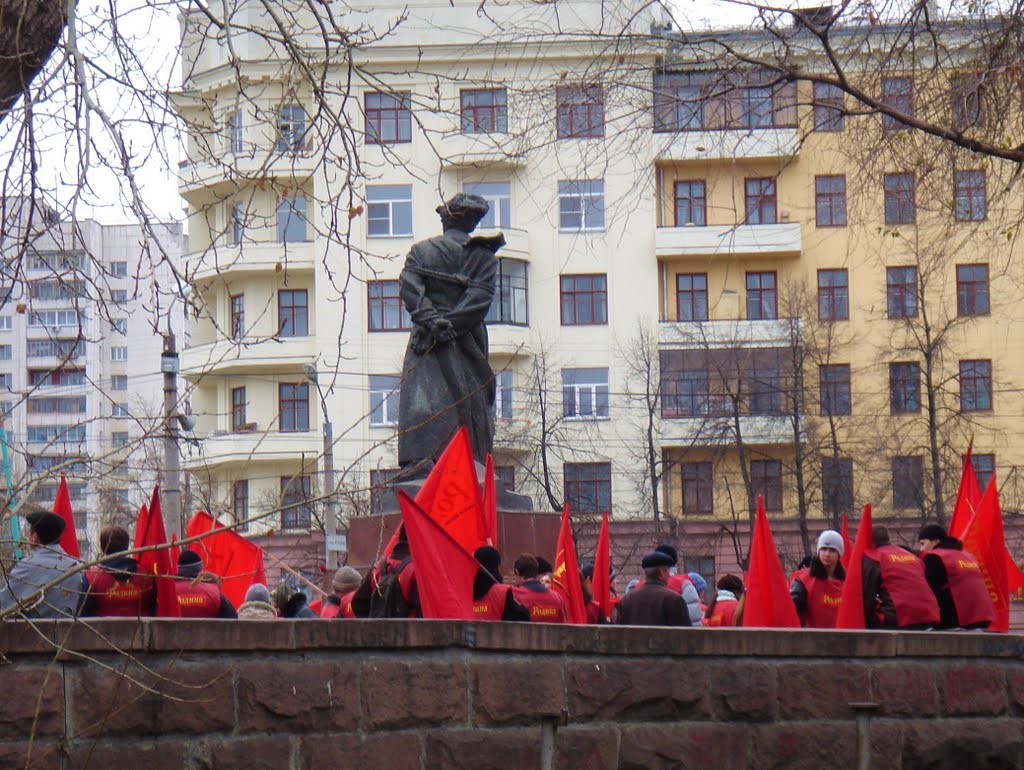
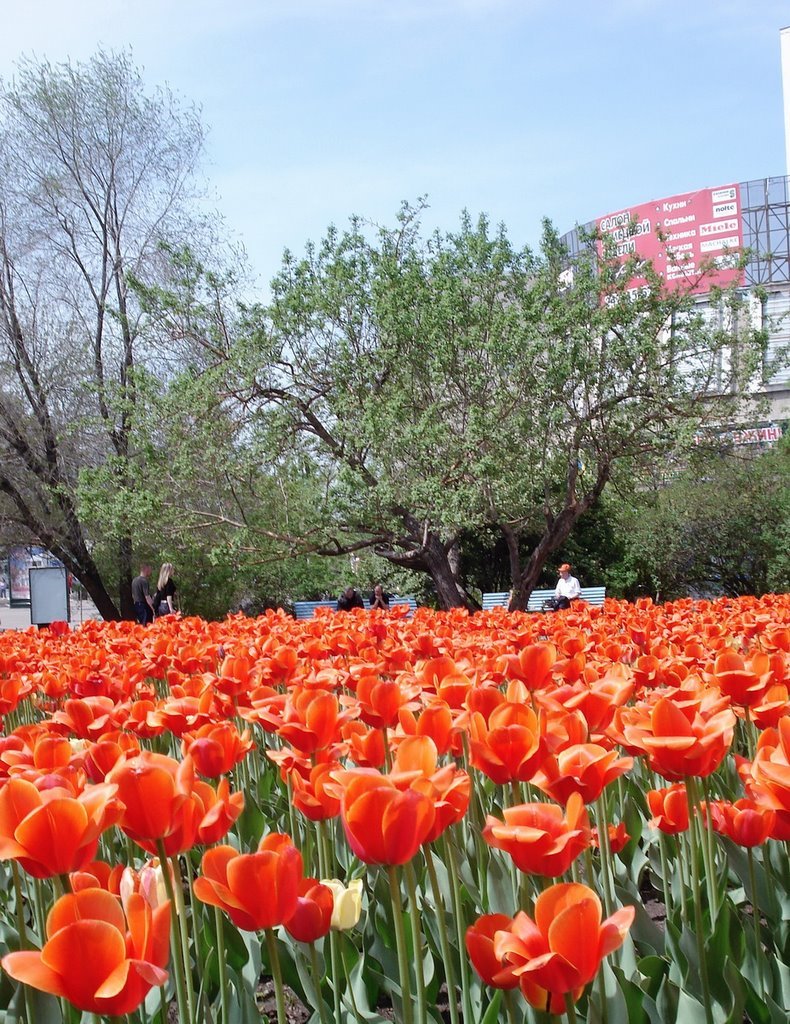
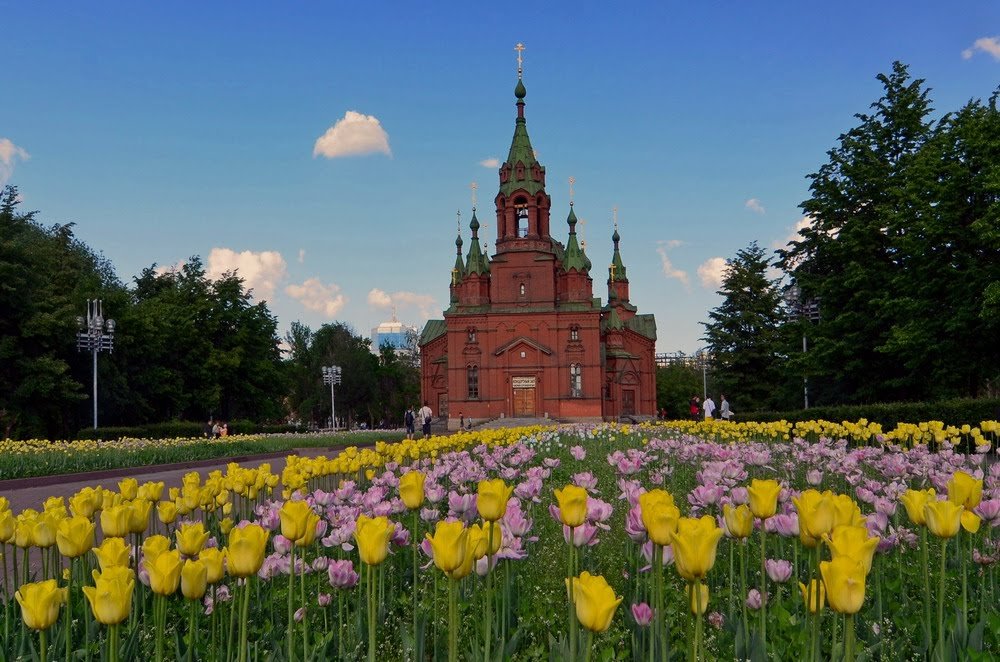
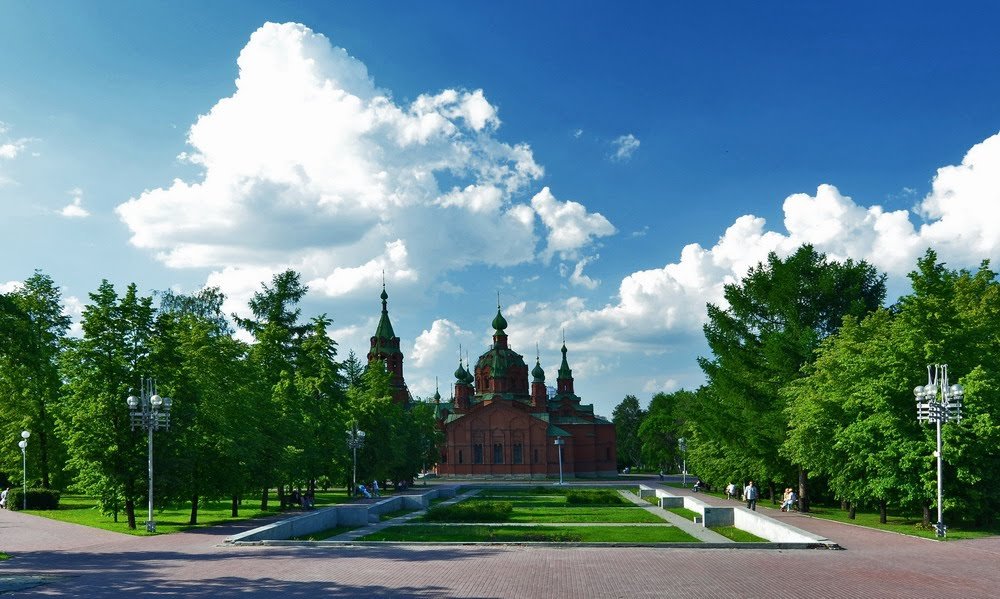
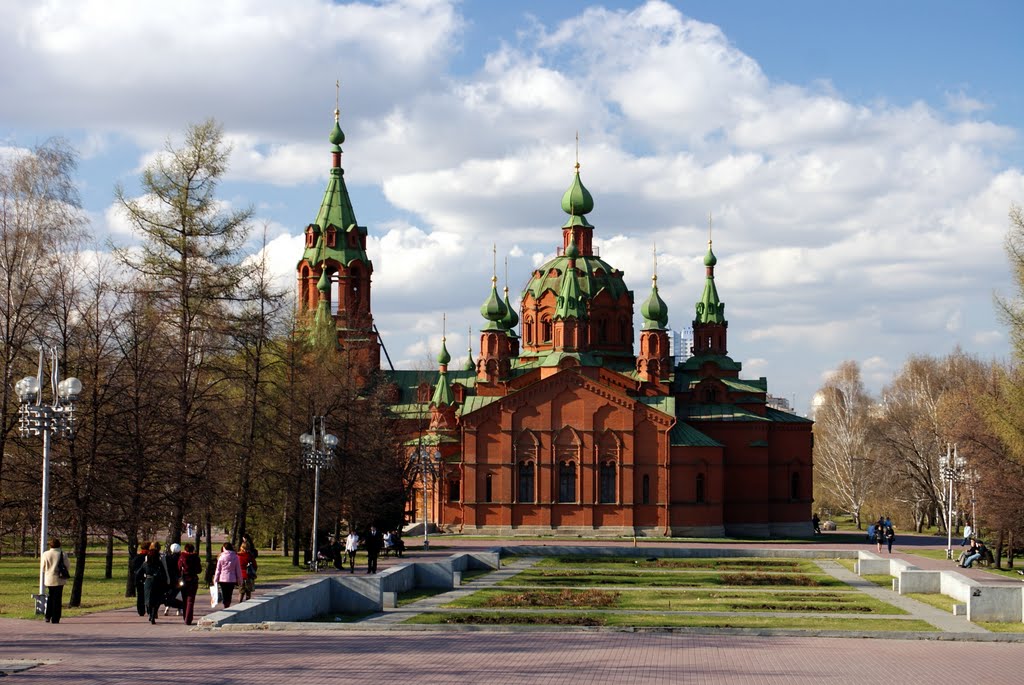
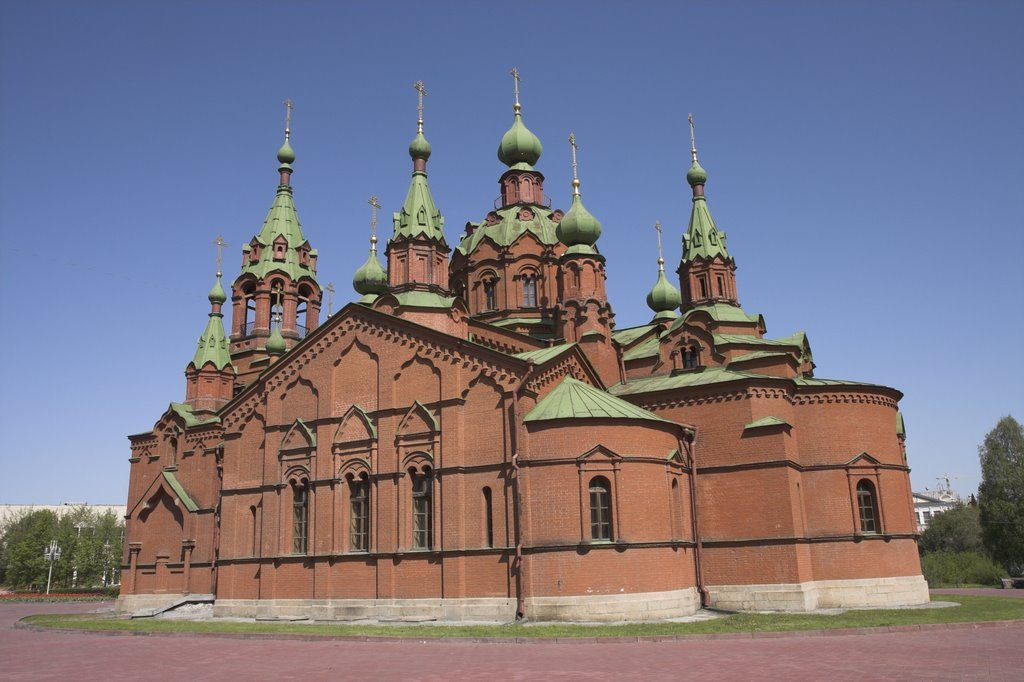
Video: The Scarlet Field
ContentsHistory of Scarlet Field
The square originally laid out on the site of Scarlet Field had a different name. It was called “Fair”, and from the 1880s, merchants came here regularly. Noisy trade gathered the townspeople and residents of the surrounding villages. At the fair one could buy necessary products, clothes and shoes, learn news and attend a performance.
.
Since 1907, the square has been called “Alexandrovskaya”, as a beautiful red-brick Alexander Nevsky Church appeared here. For the third time the place changed its name 10 years later, in 1917. With the advent of Soviet power, many streets, villages and even entire cities received new names, and the square in the center of Chelyabinsk was no exception.
. The historical place began to be called “Scarlet Square”. In this name, the city authorities wanted to immortalize the events that happened in Chelyabinsk in 1905. In January of the same year in St. Petersburg occurred Bloody Sunday – a brutal suppression of a demonstration of workers who were on their way to the Winter Palace. In response to the events in the capital of the Russian Empire, workers from the workshops and factories of Chelyabinsk held their own rally on Alexander Square. As in St. Petersburg, the peaceful demonstration was dispersed and some of its participants were injured. Another renaming of the square took place in 1924, when Lenin died. Alexander Square began to bear the name of the proletarian leader. During the war it was called the square of the 30th anniversary of the Komsomol, and only in the 1960s the historical place acquired its modern name – Aloe Pole..
Nowadays, Aloe Pole is a rectangular green area bounded by Truda Street in the north, Sverdlovsky Avenue in the west, Lenin Avenue in the south and Red Street in the east. Here are the Alexander Nevsky Temple, the Palace of Pioneers and Schoolchildren, as well as children’s entertainment park “Galileo”. And nearby is the city’s museum of local lore.
.Alexander Nevsky Church
Before the construction of the church on Fairgrounds Square there was a chapel erected on the money of Chelyabinsk merchant Kutyrev. In 1907 here began to build a new Orthodox church, the author of the project was a famous Russian architect Alexander Nikanorovich Pomerantsev. He was considered a recognized master of eclecticism and together with a group of architects created a new “Russian-Byzantine” architectural style. The construction of the church lasted 4 years and cost 60 thousand rubles. The money for this project was donated by Emperor Nicholas II, the city council and residents of Chelyabinsk.
.In 1930, during an active anti-religious campaign, the church was closed. From it the chapels were removed and the wall paintings were painted over. The church building was used as a printing house, where the local newspaper was published. Then the premises were used for a military warehouse, storage of the city art gallery and the state archive. And since the mid-1950s in the former church worked planetarium and children’s circles.
.
In 1986, the church was fully restored and housed a specially built organ by Hermann Oil. For more than a quarter of a century, the Alexander Nevsky Church served as an organ hall, and concerts were regularly held there. The magnificent acoustics of the room could be appreciated not only by domestic, but also by foreign organ performers who visited Chelyabinsk.
.In 2013, the church was handed over to the believers. Now it is a functioning Orthodox church, where every day services are held. The organ was dismantled and moved to the movie theater “Rodina” (78 Kirov Street). In order to accommodate it, the building of the movie theater was rebuilt inside and outside for several years. After all the work, the grand opening of the Rodina organ and chamber music hall took place in December 2014.”
.Monuments
In the southern part of Aloe Field Park, several monuments have been erected at different times. Some of them had a short history, while others can still be seen today.
A bust of Lenin by sculptor V. V. Kozlov, placed in the niche of a stylized mausoleum, has survived to this day. Two-story granite structure is made in oriental motifs and has a fence of wrought iron grates. It appeared here in 1925, and originally served as a library, and during rallies and processions – as a tribune for the city leaders..
Works of art of Soviet times and monuments of federal significance include the bronze monument “Eaglet”, opened in 1958, when the country celebrated the 40th anniversary of the Komsomol. The authors of the monument are sculptor Lev Nikolayevich Golovnitsky and architect Evgeny Viktorovich Alexandrov. The figure of a teenager is set on a low pedestal made of red Zhitomir granite and rises to a height of 4 meters.
.One of the last monuments on Alom Pole was opened in 2015. It is a monument dedicated to the Soviet intelligence officer Iskhak Abdulovich Akhmerov. And a small square near the Palace of Pioneers and Schoolchildren since 2016 began to be called the square of scouts.
.
Galileo Wonder Park
In the northern part of the Scarlet Field, at 157 Truda Street, there is a children’s entertainment center where they show how physical laws and various mechanisms work in a fascinating way. Several halls, intricate passages, mirror rooms and labyrinths allow visitors to feel like they are in another reality. In the park of wonders you can see and test an automatic machine that helps to determine the speed of human reaction, as well as learn how the jump height meter works. There is a device imitating an ancient movie camera and places for conducting entertaining physical experiments.
.
The Wonder Park welcomes guests daily from 10.00 to 20.00. Kids under 5 years old can visit “Galileo” for free, and children from 5 to 16 years old – with a children’s ticket.
.
How to get there
The Scarlet Field is located in the city center, south of the Chelyabinsk bus station. The northern end of the park can be reached by streetcars #6, 17 and 20, trolleybuses #7 and 12, buses #15 and 80, and shuttle buses (stop “Yunost Sports Palace”). Trolleybuses No. 1, 2, 7, 8, 10, 12, 17, 19, 26, 27, buses No. 4, 16, 64, 83, 123, and shuttle buses (stop “Aloe Pole”) go to the southern part of the park.
.